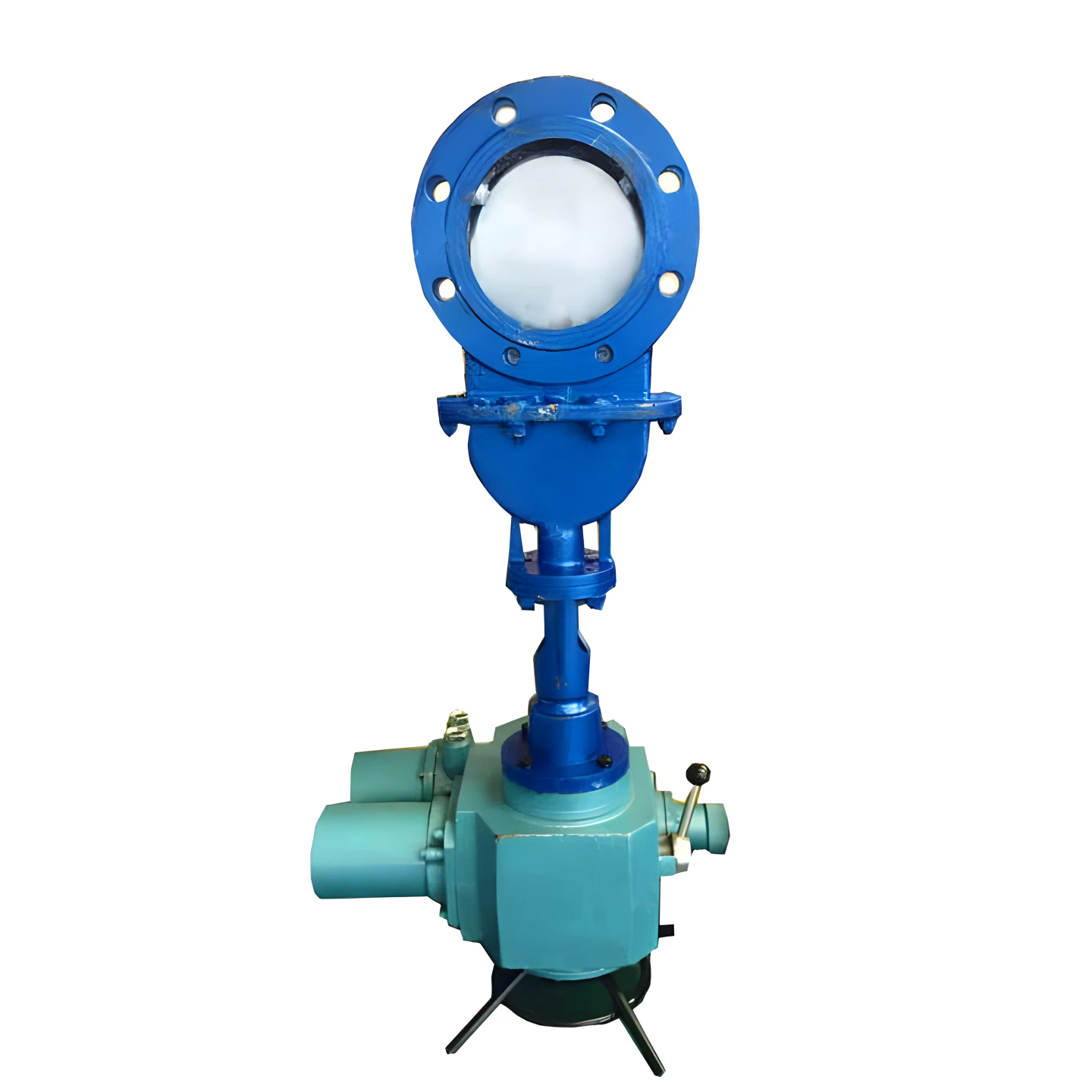Basic Info.
| Model NO. | GAPZ943TC | Pressure | Low Pressure |
|---|---|---|---|
| Actuator | Electric | Thread Position of Valve Rod | Outside Gate Valve |
| Usage | Emptying | Standard | ANSI |
| Application | Industrial Usage, Water Industrial Usage | Transport Package | Plywood Case |
| Specification | ISO 9001 | Trademark | GOOLE, OEM |
| Origin | China(Mainland) | HS Code | 8481804090 |
Product Overview
This valve is designed for abrasive applications, featuring a ceramic lining for enhanced wear resistance and an electric actuator for automated operation.
Features
- Electric actuator for automated control
- Ceramic lining for abrasion resistance
- Flanged connection for secure installation
- Suitable for harsh environments
Technical Specifications
| Parameter | Specification |
|---|---|
| Valve Type | Knife Gate Valve |
| Body Material | Carbon Steel with Ceramic Lining |
| Operation | Electric Actuated |
| Connection Type | Flanged |
| Pressure Rating | PN10 |
| Temperature Range | -20°C to 200°C (-4°F to 392°F) |
| Size Range | DN50 to DN600 |
| Seal Material | Reinforced Rubber or Metal |
| Leakage Rate | Minimal leakage with ceramic seal |
Installation Instructions
Preparation: Ensure the pipeline is clean and free from debris. Verify flange compatibility.
Mounting: Align the valve with the pipeline flanges. Use appropriate gaskets and bolts to secure the valve. Tighten bolts in a criss-cross pattern for even pressure.
Electrical Connection: Connect the electric actuator to the power supply according to the wiring diagram.
Inspection: Verify smooth operation by testing the actuator. Ensure there are no obstructions.
Operation Guidelines
- Opening/Closing: Use the control system to operate the electric actuator for opening and closing the valve.
- Flow Control: Ensure the valve is fully open or closed to prevent partial obstruction.
Maintenance
- Regular Inspection: Check for signs of wear or damage. Ensure the actuator and valve components are in good condition.
- Seal and Lining Maintenance: Inspect seals and ceramic lining periodically and replace if necessary to maintain tight sealing.
- Cleaning: Keep the valve and actuator clean and free from external contaminants.
Safety Precautions
- Always disconnect the power supply before performing maintenance.
- Use appropriate personal protective equipment (PPE) during installation and maintenance.
- Ensure all personnel are trained in valve operation and safety protocols.
Troubleshooting
| Issue | Possible Cause | Solution |
|---|---|---|
| Valve does not open/close | Electrical issue or obstruction | Check power supply and clear obstruction |
| Leakage | Worn or damaged seal | Replace the seal |
| Actuator malfunction | Electrical fault | Inspect connections and wiring |
Product Show





Main Parts and Material. 










